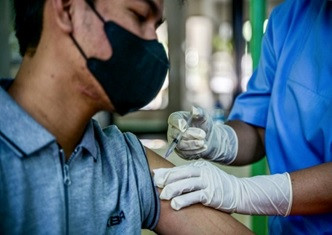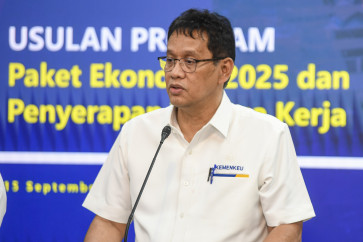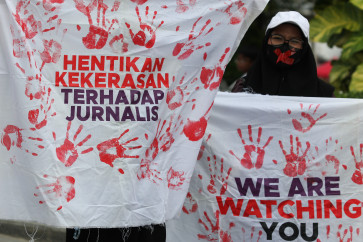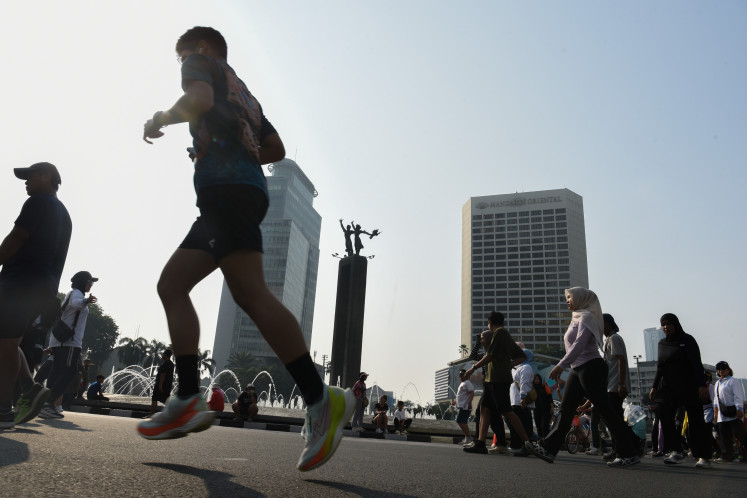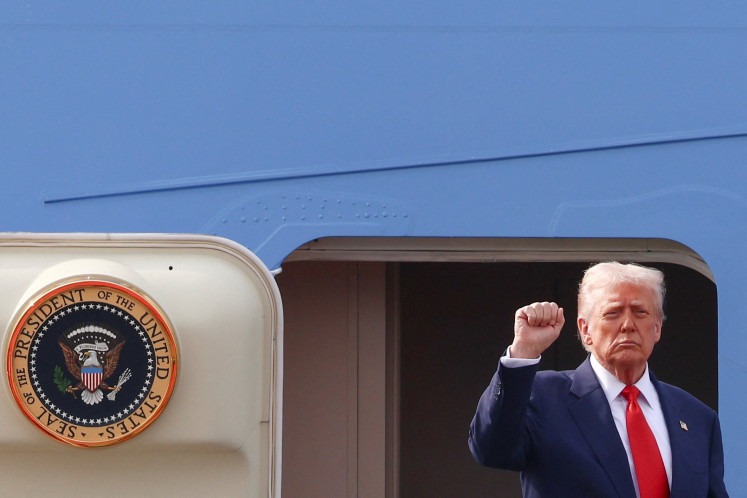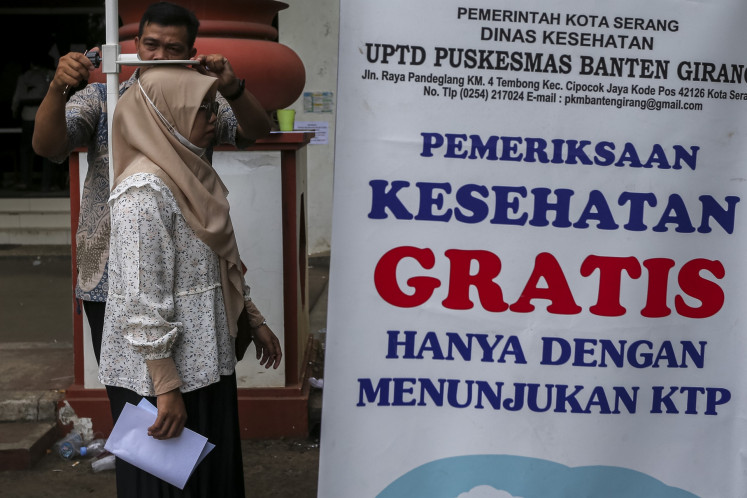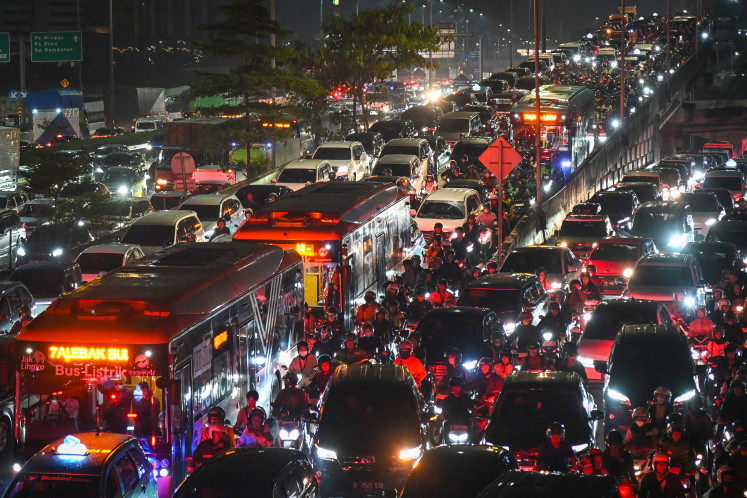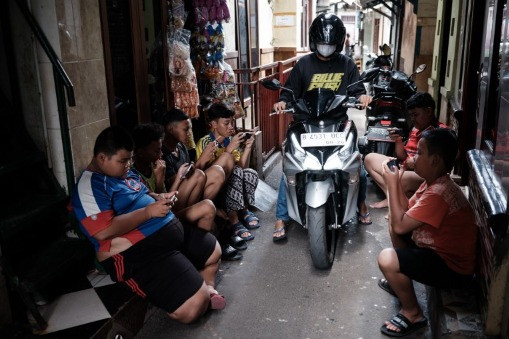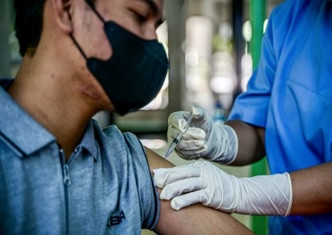Popular Reads
Top Results
Can't find what you're looking for?
View all search resultsPopular Reads
Top Results
Can't find what you're looking for?
View all search resultsThe pandemic agreement: A step forward for equity and solidarity
The WHO Pandemic Agreement shows that in a world full of division and conflicts, unity remains possible, and that multilateralism can still deliver as part of the solution to global challenges.
Change text size
Gift Premium Articles
to Anyone
T
he 78th World Health Assembly took place in Geneva, Switzerland, on May 19-27. As the highest decision-making body of the World Health Organization (WHO), the assembly sets global health priorities and guides the organization’s work.
The highlight of this year’s assembly was the adoption of the WHO Pandemic Agreement, which marked the end of more than three years of intensive negotiations.
The agreement sets out practical actions to improve how countries prevent, prepare for and respond to pandemics. It is designed to complement existing international instruments, such as the International Health Regulations.
For developing countries like Indonesia, the agreement provides a blueprint for stronger solidarity and equity during pandemics.
Throughout the negotiations, Indonesia was a strong advocate for these principles. It was also a leading voice in pushing for one of the agreement’s major breakthroughs, namely the establishment of the Pathogen Access and Benefit-Sharing (PABS) system.
The system is based on the principle that the benefits from sharing pathogens and genetic sequence data should be distributed fairly and equitably.
One significant arrangement is that, during a pandemic emergency, manufacturers using the PABS system must provide the WHO with rapid access targeting 20 percent of their real-time production of vaccines, therapeutics and diagnostics for the pathogen causing the emergency.

